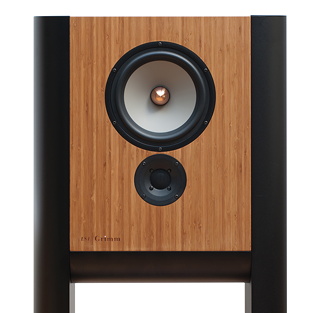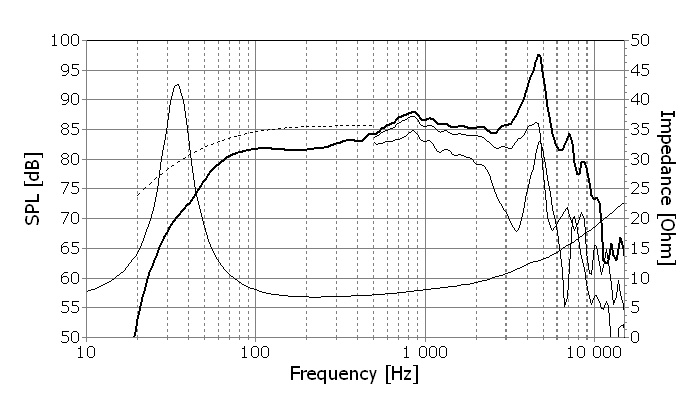I think you are missing the point. If you read the PuriFi paper and understood the circuit, you would realize that it isn't about "driving the tweeter with slightly higher impedance", they are demonstrating the dramatic increase in impedance at the notch frequency due to the presence of the passive filter!!!
View attachment 225323
Actually, you
could implement a passive series filter in an active design, then your active speaker would have a passive filter wired inside of it and in the case demonstrated by Purif will have lower distortion.
We seem to be on a crusade here to bash passive crossover filters. Individually, passive filters have identical performance to active in most applications, even better in some, and limitations in others. The limitations are not typically because they have crap performance, it's because you can just make so many filters with passive; some not practical in passive, and some not feasible. And if we had great performing transducers that had flat frequency response with no breakup modes, etc. there would be much less benefit for active, especially DSP. But we don't, and loudspeaker design is all about compromises, which is where active and active/DSP actually really differentiates. And it turns out some of the greatest drivers have some really nasty stuff that needs to be tamed. Which brings me to another point you have tried to make several times that is just not right.
Some great speakers have drivers that need notches.
Like the Linkwitz Orion

:
Elephant in the room: Linkwitz made a living developing speakers out of some of the most challenging drivers in applications that are not intrinsically flat!
And the Grimm Audio LS1:
A good monitor combines a high degree of accuracy with untrammeled musicality. There aren’t many of those around – common wisdom has it that you can have one or the other but never both. The LS1 is the first monitor to prove conventional wisdom wrong. By integrating top quality digital signal...
www.grimmaudio.com
Both use drivers from the Seas Excel line that have
massive legendary breakup modes.
For instance, Seas E00018:
I think both the Orion and the LS1 sound great, even if I personally prefer the LS1. (note, I do not know the exact Seas woofer in either design, but if you review the entire Seas Excel line midbass/woofer line, you will see all of the drivers have similar breakup modes, the E00017 is even worse, literally off the charts!) This should sink in, many of Linkwitz' speakers use drivers with massive breakup modes and irregularities requiring notches, among other filters

. Convenient to cite Linkwitz when his arguments suit, then ignore his actual work in another argument... Turns out, if you look at drivers from Scan-Speak, Purifi, Morel, Accuton, etc., they all have breakup modes to varying degrees.
So, those were two really good papers that
@thewas posted. I respect Linkwitz (I own two of his early Orion boards, used as active crossovers for my own projects), and I also respect Elliot Sound (I built a preamp, active crossover, phono preamp, etc. with his kit). But the 'amplifier to driver control' argument is non-physical and wrong per Toole, and I am siding with Toole on that.
Gosh, there are just so many reasons to do active DSP crossovers, many not even mentioned in this thread (I'll probably never mess around with analog active again, but I am going to try a passive series notch on my Seas E00018 drivers!)). But it's not because of this mythical 'driver control' idea, It's not because an individual passive filter has different performance than the same filter implemented active (except select cases like the Purif example). It's because a designer can implement so many filters trivially, and has access to filters that are not practical or do not exist in the passive domain. And these can all be done in software in moments where a passive crossover or even analog-active in most cases takes orders of magnitude longer time to implement. I think the Active vs. Passive vs. DSP subject is not nearly as black and white as the poll that started this thread.

 :
:
